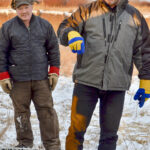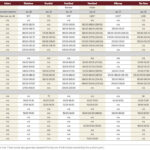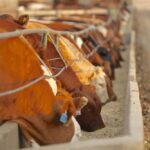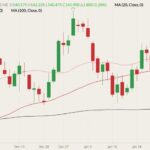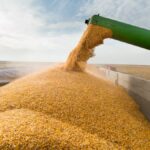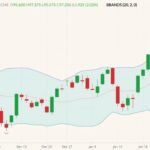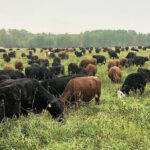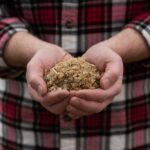It’s no longer unusual to see a solar watering system on summer field tours, but extra planning is needed if producers need or want to use those alternate sources in winter. Why it matters: Alternate watering systems got a lot of attention during the last year of drought, but proper planning can also make them



